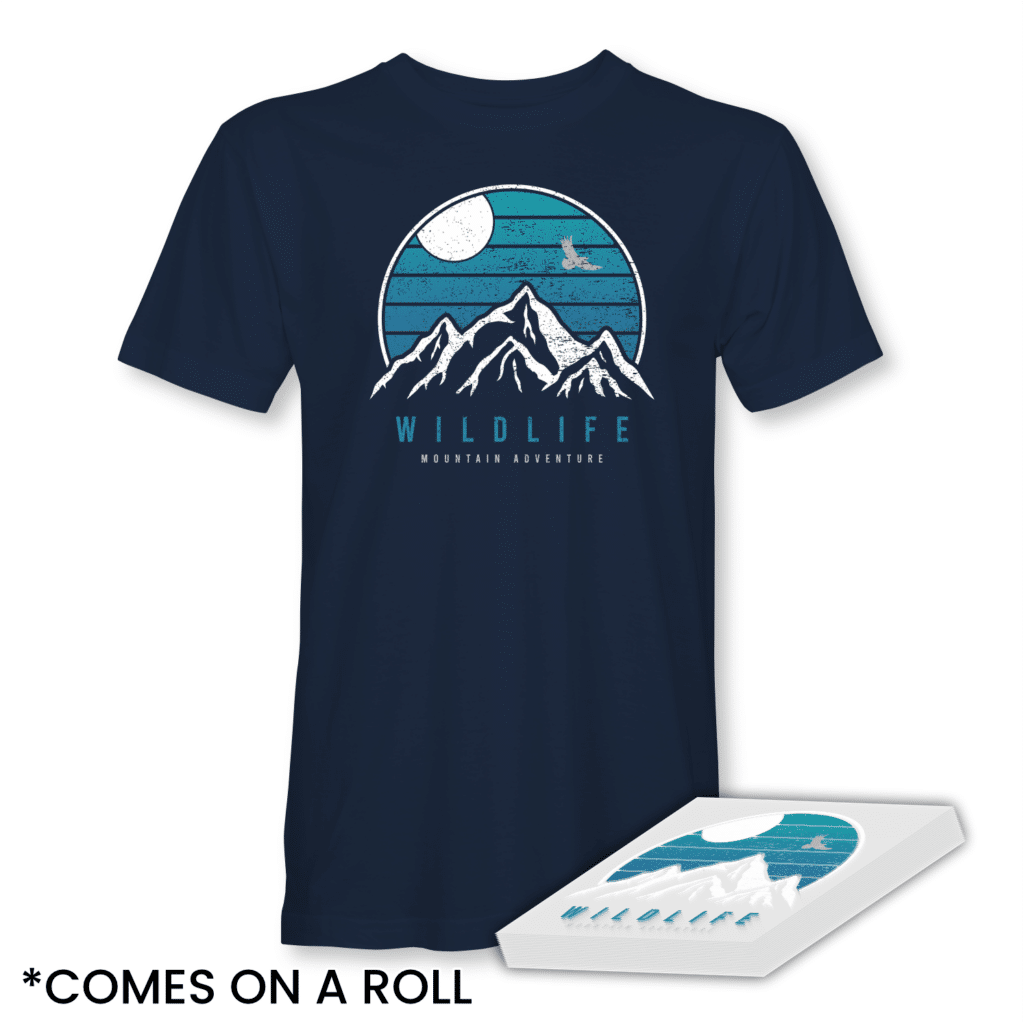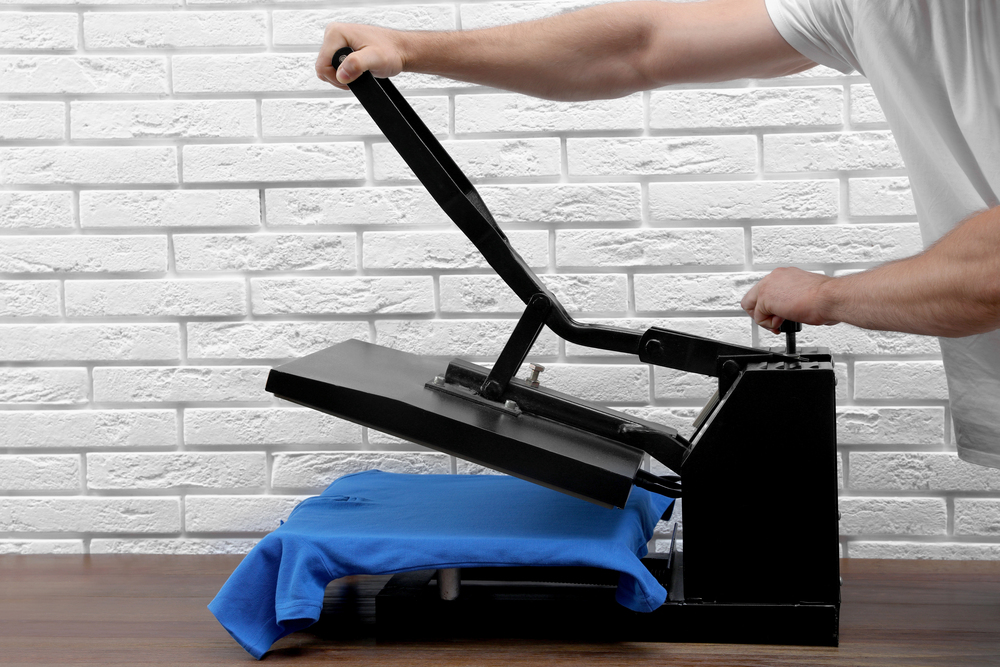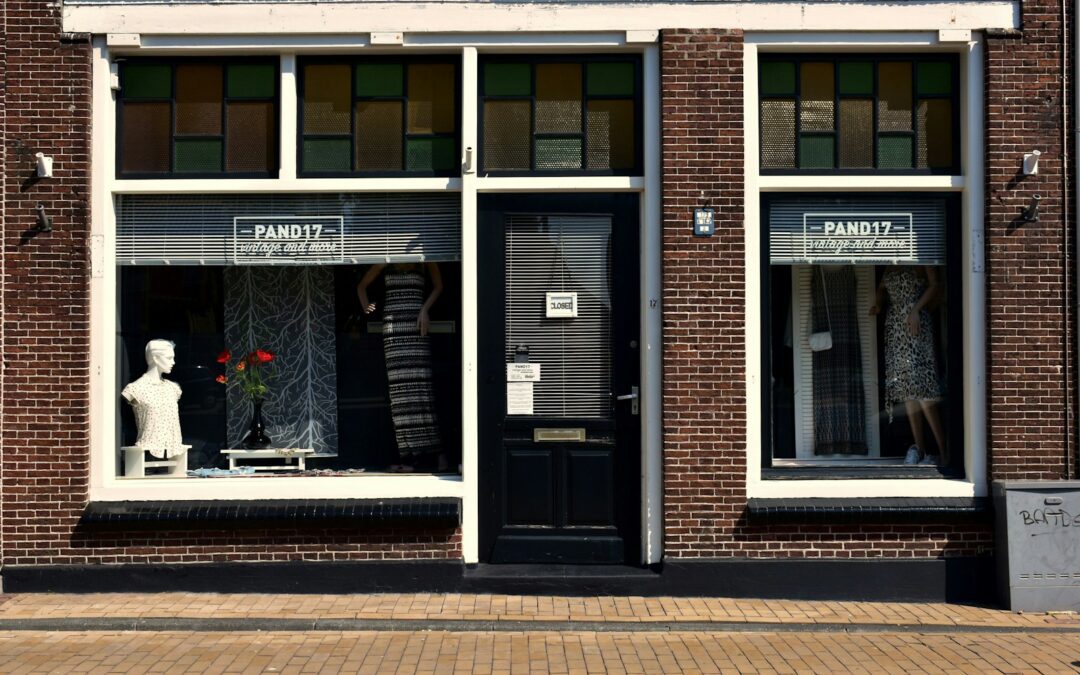DTF vs Sublimation Printing: Keep reading to learn more.
If you’re a small business owner, print-on-demand seller, or custom apparel designer, you know that selecting the right printing technique can make or break your business. Two of the most talked-about printing methods in the industry are DTF (Direct-to-Film) and sublimation printing.
Both have their strengths and limitations, but which one is right for your needs? This guide provides an in-depth comparison of DTF and sublimation printing to help you make an informed decision and take your printing business to new heights.
By the end, you’ll see why DTF is a game-changer and why ordering your DTF Transfers from Limitless Transfers could be the best move for your business.

What Is DTF Printing?
DTF (Direct-to-Film) printing is a digital printing technology that involves printing a design onto a specialized PET (polyethylene terephthalate) film. A DTF printer is essential for this process, as it prints the design onto the specialized PET film. Once printed, the design is transferred to your chosen material using a heat press and powdered adhesive.
Here’s what makes DTF stand out:
- Fabric Compatibility: Works on cotton, polyester, blends, and even dark-colored fabrics.
- Vibrant Colors: Delivers photorealistic images with excellent vibrancy.
- Versatility: Prints on a wide range of materials beyond fabrics, like canvas bags and more.
- Durability: Finished designs can withstand multiple washes with minimal fading or cracking.
- White Ink & Adhesive Powder: Allows printing on dark materials with a layer of white ink for bright results.
The DTF printing process includes refining the design, printing it onto a film, applying powdered adhesive, curing the design, and finally transferring it with a heat press.

The DTF Printing Process
The DTF printing process involves several steps that ensure high-quality prints on various materials. Here’s an overview of the process:
- Design and Printing: The journey begins with creating your design, which is then printed onto a special PET film using specialized inkjet printers. These printers use a unique combination of inks, including white ink, to ensure vibrant and opaque prints. The printed film is then coated with a layer of adhesive powder, which plays a crucial role in the transfer process.
- Curing: Once the design is printed and coated with adhesive powder, the film undergoes a curing process. This can be done using a heat press or an oven. The curing process ensures that the ink and adhesive powder are properly set, preparing the design for transfer.
- Heat Transfer: The cured film is then placed onto the material of choice, and a heat press is used to transfer the design. The heat and pressure from the press cause the adhesive powder to melt and bond with the material, ensuring a durable and long-lasting print.
- Peeling: After the heat transfer process, the film is carefully peeled off, leaving the design perfectly adhered to the material. This final step reveals the vibrant and detailed print, ready for use.

What Is Sublimation Printing?
Sublimation printing is another digital printing technique. This chemical process involves transferring sublimation ink onto a material using heat and pressure. When heated, the ink turns into a gas and bonds with the synthetic fibers of the fabric, becoming a part of the material itself. A sublimation printer is required to print the design onto the sublimation paper before transferring it to the fabric.
Key features of sublimation printing include:
- Fabric Type: Works best on light-colored polyester or synthetic materials.
- Seamless Finish: Designs become a permanent part of the fabric for a smooth feel.
- No Cracking or Fading: Sublimation prints don’t crack, peel, or fade over time.
- High-Quality Colors: Offers vibrant prints that are perfect for intricate designs.
The sublimation printing process involves designing, printing onto sublimation paper, and transferring the design to polyester materials with a heat press machine.

Key Differences Between DTF vs Sublimation Printing
Here’s how DTF printing and sublimation printing stack up against each other:
Understanding the differences between DTF and sublimation printing methods can help you choose the best option for your needs.
Fabric Compatibility
DTF Printing: Works on cotton, polyester, blends, dark fabrics, and even non-fabric materials.
Sublimation Printing: Best for light-colored polyester fabrics and synthetic materials.
Durability
DTF Printing: Very durable but may crack over time with improper care.
Sublimation Printing: Ink becomes part of the fabric, ensuring no cracks or peeling.
Color Vibrancy
DTF Printing: Vibrant on all types of fabrics, especially dark fabrics using white ink.
Sublimation Printing: Vibrant prints but limited to light-colored fabrics.
Feel
DTF Printing: Creates a layered image that can be slightly felt.
Sublimation Printing: Prints feel seamless and are part of the fabric.
Eco-Friendliness
DTF Printing: Produces some waste with PET film and adhesive powder.
Sublimation Printing: More eco-friendly with less printing waste.
Setup & Costs
DTF Printing: Higher upfront costs for specialized equipment like DTF printers.
Sublimation Printing: Lower initial costs but limited to specific fabric types.
Production Time
DTF Printing: Five-step process that’s slightly more time-intensive.
Sublimation Printing: Faster three-step process for simpler production.

Material Compatibility
One of the standout features of DTF printing is its compatibility with a wide range of materials. This versatility makes it an excellent choice for various applications:
- Natural Fibers: DTF printing works exceptionally well on natural fibers like cotton and linen. This makes it ideal for custom apparel, tote bags, and other fabric-based products.
- Synthetic Fibers: Polyester, nylon, and other synthetic fibers are also compatible with DTF printing. This opens up possibilities for sportswear, promotional items, and more.
- Blends: Fabric blends, such as cotton-polyester blends, can be printed using DTF printing. This flexibility allows for a broader range of products and designs.
- Other Materials: Beyond fabrics, DTF printing can be used on materials like wood, metal, and fiberglass. This capability makes it a versatile option for custom gifts, home decor, and industrial applications.
Print Quality and Color Vibrancy
Both DTF and sublimation printing are known for high-quality, vibrant prints. However, there are notable differences:
- DTF Printing: With the ability to print vibrant designs on dark fabrics and a photorealistic finish, DTF printing truly stands out. The addition of a white ink layer ensures that colors pop even on darker materials.
- Sublimation Printing: Sublimation excels with smooth, seamless prints that are bonded to the material itself. Sublimation inks vaporize and integrate into the fabric, resulting in a vibrant and durable print. While colors are vibrant, they are best presented on light-colored polyester fabrics. Over time, sublimation prints can slightly lose vibrancy due to prolonged sun exposure.

Design and Color Options
DTF printing offers a wide range of design and color options, making it a favorite among designers and businesses:
- CMYK Colors: Utilizing CMYK colors, DTF printing can produce a vast spectrum of hues. This color model allows for the creation of vibrant and detailed designs that stand out.
- White Ink: One of the significant advantages of DTF printing is the use of white ink. This enables the creation of bright and vibrant designs, even on dark-colored materials. The white ink layer ensures that colors pop and remain opaque.
- Fluorescent Inks: Some DTF printers offer fluorescent inks, which can be used to create eye-catching, neon-like effects. These inks are perfect for designs that need to stand out, such as promotional items and fashion pieces.
- Detailed Designs: DTF printing excels in producing detailed designs, including intricate patterns and small text. This precision makes it suitable for custom logos, fine art prints, and other detailed graphics.
Durability and Longevity
DTF Printing Durability: DTF prints are designed to withstand multiple washes without significant fading. DTF printing involves several steps, including printing the design, applying adhesive powder, and heat transferring, which contribute to its durability. However, improper ironing or folding might lead to cracking.
Sublimation Printing Durability: Prints become part of the fabric, making them extremely durable with no risk of cracking or peeling. Sublimation is best for products like sportswear and promotional items requiring longevity.
Costs and Setup
- DTF Printing Costs: While entry-level DTF printers can be pricey, they allow for versatile production and no minimum order requirements. Platforms like Limitless Transfers make DTF accessible for small businesses with no large investments.
- Sublimation Printing Costs: While sublimation printers are generally cheaper to start with, they are limited to specific fabric types. Sublimation is generally cheaper to start with, but its limitations on fabric choices may require additional equipment if diversification is needed in the future.

Production Time and Setup Costs
The production time and setup costs for DTF printing can vary, but here are some general guidelines to help you plan:
- Production Time: The production time for DTF printing can range from a few minutes to several hours, depending on the complexity of the design and the size of the material. Simple designs on small items can be completed quickly, while larger or more intricate projects may take longer.
- Setup Costs: The setup costs for DTF printing can range from a few hundred dollars to several thousand dollars. Entry-level DTF printers and materials are more affordable, making it accessible for small businesses. However, investing in higher-end equipment can provide better quality and efficiency, which is beneficial for larger-scale operations.
By understanding these factors, you can better plan your investment and production schedule, ensuring that DTF printing meets your business needs effectively.
Environmental Impact
DTF printing, though versatile, generates more waste due to the use of PET transfer film and powdered adhesive. Sublimation printing, with its reliance on sublimation transfers and heat transfer papers, is generally more eco-friendly. Using dedicated sublimation paper is essential for achieving quality results and is more eco-friendly compared to other printing methods. However, both methods rely on heat press machines, which consume energy.

Which Printing Method Is Best for Your Business?
Selecting the right printing technique depends on your business goals, budget, and materials.
Choose Sublimation Printing If:
- Your primary focus is on light-colored polyester materials.
- You need a seamless, fade-resistant finish.
- You’re looking for a simpler, cost-effective setup.
Choose DTF Printing If:
- You work with a variety of fabrics, including cotton, blends, and dark-colored fabrics.
- You want the freedom to offer unique designs and photorealistic images.
- You’re seeking to diversify production without limits on fabric type or complexity.
- DTF printing involves fewer steps compared to sublimation, leading to faster production times.
With its unmatched versatility, superior vibrancy, and durability, DTF printing is the top choice for modern printing businesses.

Elevate Your Printing Business with DTF Transfers
The printing industry is evolving, and offering high-quality, durable designs across various materials is a significant competitive advantage. Investing in a DTF printer can position your business to provide vibrant designs, cater to diverse customer needs, and stand out in a highly competitive market.
Order DTF Transfers from Limitless Transfers today to see how this revolutionary printing method can transform your custom apparel business!
Learn More About DTF Printing
Expand your knowledge and expertise in DTF printing by exploring the following resources:
- What is DTF Printing? – Understand the basics of direct-to-film printing and its key advantages.
- How to Get Started with DTF Printing – A step-by-step guide to incorporating DTF printing into your business.
- Benefits of DTF Transfers – Learn why DTF transfers excel in flexibility, quality, and ease of use.
- DTF Printing Maintenance Tips – Keep your equipment and transfers performing at their best with expert maintenance advice.
- Shop DTF Transfers – Browse our selection of premium DTF transfers tailored for your business needs.
- Common DTF Printing Challenges and Solutions – Discover practical tips to troubleshoot and overcome common issues in DTF printing.
- Choosing the Right Equipment for DTF Printing – Explore essential tools and machines, including the DTF printer, to optimize your DTF printing setup.
- Success Stories with DTF Printing – Be inspired by businesses thriving with DTF printing in various applications.
- Advanced DTF Printing Techniques – Take your DTF projects to the next level by mastering advanced methods and approaches.
Explore these resources to see how DTF printing can revolutionize your custom printing offerings!




